Skype: neodalle-travel
Tel: +86 135 7447 2266
E-mail: sales@visitaroundchina.com
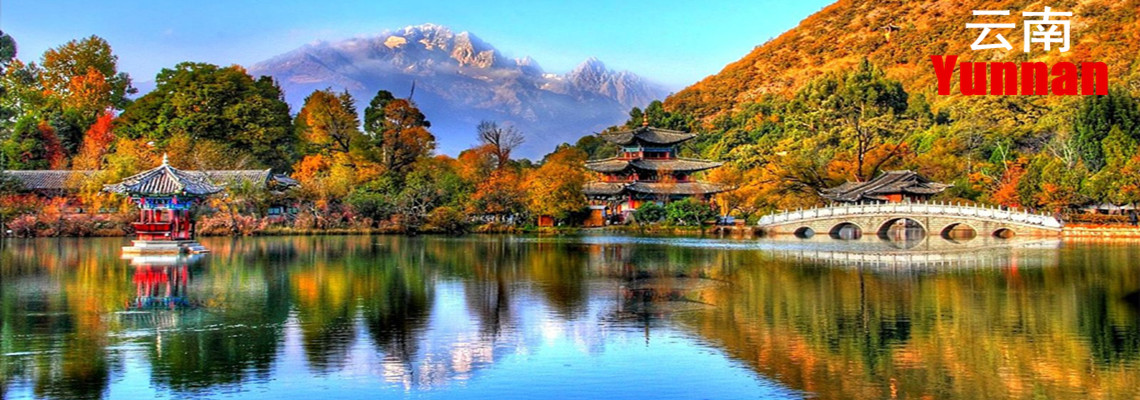
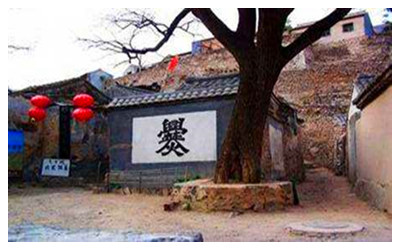 The Cuan Culture is a cover term for the local cultures that persisted in Yunnan for more than 500 years from the Three Kingdoms (220-280A.D) to the Tang Dynasty (618-907 A.D). It covers the whole area of Nanzhong (including province of modern Yunnan, Southwest Sichuan and West Guizhou) with Weixian County (presently Qujing) as its center.
The Cuan Culture is a cover term for the local cultures that persisted in Yunnan for more than 500 years from the Three Kingdoms (220-280A.D) to the Tang Dynasty (618-907 A.D). It covers the whole area of Nanzhong (including province of modern Yunnan, Southwest Sichuan and West Guizhou) with Weixian County (presently Qujing) as its center.During the early Shu Han Dynasty, distinguished families from the upper class Han emigrants and ethnic commanders or chieftains of the local minorities took advantage of the internal troubles of the Shu Han government and launched rebellions against it. After Zhu Geliang suppressed the rebellions, Nanzhong gradually restored its unity and stability. In the third year of the Jianxing Period (225 A.D) when the seat of the local government was moved to Weixian County (now Qujing), the county became the political, economic and cultural center of the Nanzhong area. During the Eastern Jin Dynasty when wars broke out in the Central Plains, these defeated upper class families recovered and developed; of these the Cuan family became the most powerful. In the 5th year of the Xiankang Period (339 A.D), Cuan Chen managed to dominate Nanzhong; after that, the Cuan family ruled over this area for 409 years until the 7th year of the Tianbao Period (748 A.D) of the Tang Dynasty when the Western Cuan was terminated by Nanzhao.
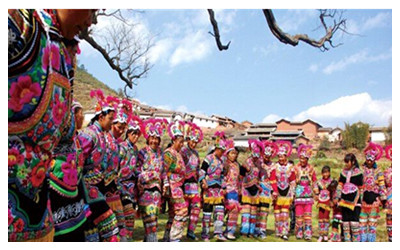 The ancestors of the Cuan family were originally from the Central Plains region called Cuan and hence got the name for their clan. Then they migrated southward to Yunnan and developed into a very distinguished family whose members held high positions. Cuan Longyan (385-446 A.D); for example, received various titles from the government in the Central Plains such as "General Longxiang, Field Officer of Protecting Minorities, Governor of Ningzhou Prefecture, and Marquis of Qiongdu County". The Cuan family reigned at a time when the Central Plains were undergoing turmoil and thus unable to attend affairs in the southern frontiers; the Cuan family members were, therefore, actual rulers of Yunnan who were historically known as "generals in public but emperors in secret", though they still acknowledged the Central Plains as the orthodox government.
The ancestors of the Cuan family were originally from the Central Plains region called Cuan and hence got the name for their clan. Then they migrated southward to Yunnan and developed into a very distinguished family whose members held high positions. Cuan Longyan (385-446 A.D); for example, received various titles from the government in the Central Plains such as "General Longxiang, Field Officer of Protecting Minorities, Governor of Ningzhou Prefecture, and Marquis of Qiongdu County". The Cuan family reigned at a time when the Central Plains were undergoing turmoil and thus unable to attend affairs in the southern frontiers; the Cuan family members were, therefore, actual rulers of Yunnan who were historically known as "generals in public but emperors in secret", though they still acknowledged the Central Plains as the orthodox government.
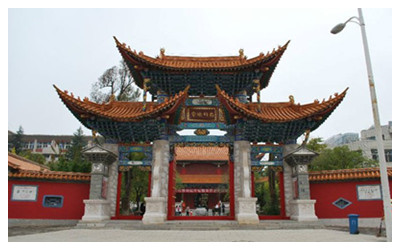 After Cuan Chen and his descendants successively became rulers of Nanzhong, the surname "Cuan" was adopted as a general term for all the races in the territory governed by this family, and a new national community-the Cuans gradually came into being; it was composed mainly of the Han emigrants and the Dian, although other races were also included. During the reign of the Cuan family, the Cuan people developed farming as their major economic activity and husbandry as a minor, and their territory was divided into two sections around Weixian County, namely the section west of the county was called the Western Section (Western Cuan) and the section east of the county was the Eastern Section (the Eastern Cuan). Directly administered by the Cuans, the Western Section was economically and culturally better developed than the Eastern. Ethnically, the Western and the Eastern Cuans constituted the Baiman and the Wuman who later became the ancestors of the Bai and the Yi.
After Cuan Chen and his descendants successively became rulers of Nanzhong, the surname "Cuan" was adopted as a general term for all the races in the territory governed by this family, and a new national community-the Cuans gradually came into being; it was composed mainly of the Han emigrants and the Dian, although other races were also included. During the reign of the Cuan family, the Cuan people developed farming as their major economic activity and husbandry as a minor, and their territory was divided into two sections around Weixian County, namely the section west of the county was called the Western Section (Western Cuan) and the section east of the county was the Eastern Section (the Eastern Cuan). Directly administered by the Cuans, the Western Section was economically and culturally better developed than the Eastern. Ethnically, the Western and the Eastern Cuans constituted the Baiman and the Wuman who later became the ancestors of the Bai and the Yi.
Just as the Cuan people were a mixture, so the Cuan Culture was a composite of many elements. Indeed, it is generally accepted among scholars that the Cuan Culture should include a part of the Han Culture, a part of the indigenous culture, and combination of the two.
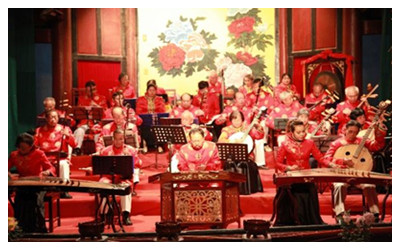 The part from the Han Culture is most significantly reflected on the "Two Cuan Tablets", namely the tablets of Cuan Baozi and Cuan Longyan. On one hand, the calligraphy of the Chinese characters inscribed on the tablets marked a stylistic transition from the official to the regular, a style that has been widely acclaimed by generations of historians, epigraphers and calligraphers as representative of the highest level ever achieved in Chinese calligraphy during the period from the Wei (220-265 A.D) through the Jin (265-420 A.D) to the Northern and Southern Dynasties (42-550 A.D); on the other hand, the excellent and graceful language of the tablets is of a high artistic value and the events recorded in the inscriptions have not been included in historical books and thus have an esteemed documentary value.
The part from the Han Culture is most significantly reflected on the "Two Cuan Tablets", namely the tablets of Cuan Baozi and Cuan Longyan. On one hand, the calligraphy of the Chinese characters inscribed on the tablets marked a stylistic transition from the official to the regular, a style that has been widely acclaimed by generations of historians, epigraphers and calligraphers as representative of the highest level ever achieved in Chinese calligraphy during the period from the Wei (220-265 A.D) through the Jin (265-420 A.D) to the Northern and Southern Dynasties (42-550 A.D); on the other hand, the excellent and graceful language of the tablets is of a high artistic value and the events recorded in the inscriptions have not been included in historical books and thus have an esteemed documentary value.
The indigenous element of the Cuan Culture is chiefly embodied by the tadpole language (also known as the "right" language or the Bimo language), an invention of the Wu'man Sheik of the Eastern Cuan in which wizards of the Wu'mans wrote a large number of books on astronomy, geography, almanacs, Confucian works, medicine, literature and genealogy.
The integration of the Han and the indigenous cultures has been manifested mainly in the "ethnic assimilation" of the distinguished Han families when there existed a combined worship of "host ghosts" of ancestors by different races, tribes, and villages, of primitive clan totems (such as tiger, ox, serpent, fire, rice), and varied primitive religious cults and folk customs.
To conclude, the Cuan Culture played a vital role in the evolutionary history of cultures in Yunnan by serving as a link between the Ancient Dian Culture and the Nanzhao-Dali Culture.
 Ask Questions ?
Ask Questions ?